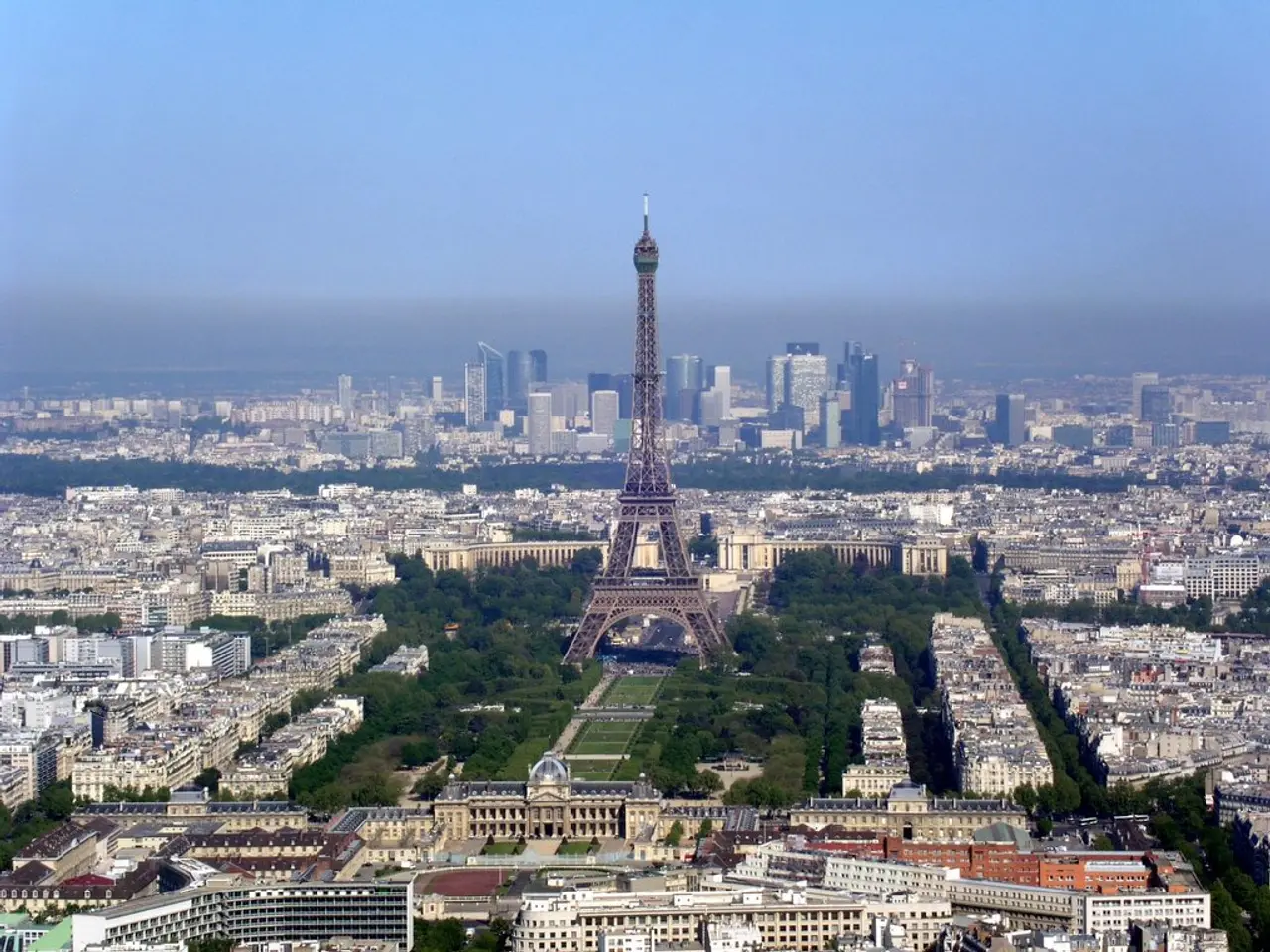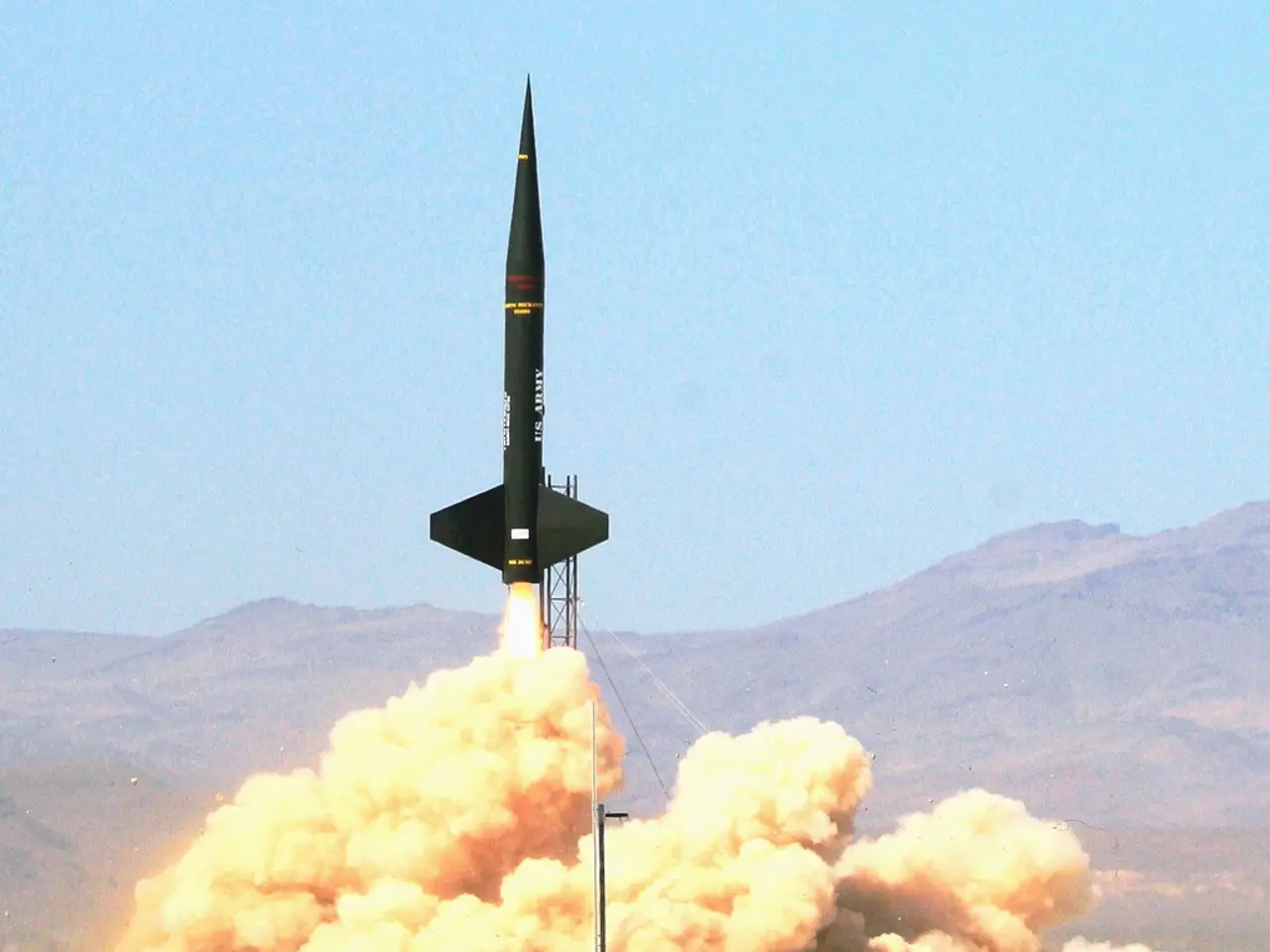Discover an interesting fact: The Eiffel Tower experiences growth during summer seasons due to temperature expansion.
The iconic Eiffel Tower, a symbol of Paris and a marvel of engineering, undergoes subtle yet significant changes in height each year due to a fundamental physical property known as thermal expansion. This intriguing phenomenon, which has been meticulously observed and documented for over a century, is a testament to the dynamic nature of architectural structures and the importance of considering environmental factors in their design and maintenance.
Completed in 1889 for the 1889 World's Fair, the Eiffel Tower stands at an impressive height of 324 meters. Its unique lattice structure, composed of wrought iron beams, has made it a particularly interesting example of a dynamic architectural response to seasonal variations [6]. This distinctive design is divided into three levels, with heights of 57 meters, 115 meters, and the pinnacle [7].
When ambient temperatures rise, as is typical in the summer months, the iron structure of the tower expands, leading to an increase in overall height [2][4][1]. Conversely, when temperatures drop in winter, the iron contracts, and the tower becomes slightly shorter [8]. This seasonal height variation holds profound implications for the fields of architecture, engineering, and material science, emphasizing the importance of understanding and adapting to environmental factors in the design and maintenance of structures.
The extent of these height changes can vary significantly, depending on the severity of seasonal temperature changes. During extreme heatwaves or cold spells, the Eiffel Tower can shift by up to approximately 20 centimeters in height and then shrink back by about 10 centimeters in colder conditions [1][2][5]. In Paris, typical seasonal temperature variations cause a less dramatic but still measurable effect—usually on the order of several centimeters.
To monitor these changes, engineers and scientists employ advanced sensor technologies, infrared thermography, Global Navigation Satellite System (GNSS), and historical data analysis [9]. Scheduled inspections are also conducted to assess the overall condition of the Eiffel Tower, including visual inspections, material testing, and assessments of structural components [3].
As our understanding of thermal expansion and its effects on structures grows, future modifications or maintenance plans may incorporate materials with enhanced temperature-resistant properties, such as alloys with reduced thermal expansion [10]. This could help mitigate the seasonal height changes experienced by the Eiffel Tower and other structures, such as bridges, skyscrapers, and large-scale sculptures, which also exhibit similar temperature-induced variations [11].
Historical records document the Eiffel Tower's height variations across different seasons, providing valuable insights into its dynamic nature over the years [12]. This fascinating example of a structure adapting to its environment serves as a reminder of the intricate relationships between architecture, engineering, and the natural world.
- The Eiffel Tower's unique lattice structure, constructed of wrought iron beams, showcases a remarkable form of resilience, adapting to seasonal variations in temperature by expanding and contracting, displaying a prime example of science in action.
- In the realm of medical-conditions and human physiology, our bodies likewise demonstrate a similar response to changes in temperature, exemplifying the fundamental principal of thermal expansion that affects both infrastructure and living organisms.
- As exploration of space-and-astronomy expands, future architectural designs for space stations or habitats might incorporate technology to counteract the effects of thermal expansion, mirroring the potential advancements in material science for earthbound structures, enhancing their ability to withstand extreme environmental conditions.





